How the Department of Labor Undermined the Black Community
Antonio R. Chaves, American Thinker, August 16, 2018
Americans from all ends of the political spectrum usually agree on a need to address racial disparities in schooling, workforce participation, and incarceration rates. Ironically, some of these gaps have gotten even worse for blacks born after the Civil Rights Movement. A prime example of this alarming trend is the disproportionate incarceration rate of black men who were born after 1960 (Fig. 1). Since the data for both groups is based on men who did not complete high school, this gap cannot be blamed on large differences in education.
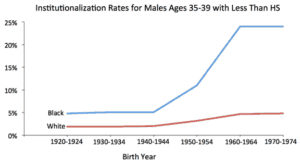
Fig. 1: Based on data from The Prison Boom and the Lack of Black Progress After Smith and Welch (Tables 3 & 4), by D. Neal and A. Rick, July 2014, National Bureau of Economic Research Working Paper No. 20283.
The authors attributed this increased difference to a move towards more punitive treatment of arrested offenders, but they did not rule on the possibility that young black men are now offending at a higher rate than they did in the past.
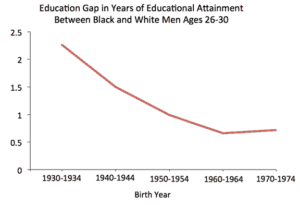
Fig. 2: Based on data from Why Has the Black-White Skill Convergence Stopped? (Table 1), by D. Neal, January 2005, National Bureau of Economic Research Working Paper No. 11090.
Notably, the same 1960s generation that was being disproportionately incarcerated also stopped making academic progress (Fig. 2) even though they were less likely to have attended segregated schools. Why did black men born after the 1950s fare so poorly?
People who disagree on the existence of “white privilege” usually find common ground on the importance of fathers. Data compiled by the Heritage Foundation shows that black illegitimacy did not increase significantly between 1931 and 1940. The persistent breakdown of the black family appears to have started only after 1940 (Fig. 3). Based on data compiled in 1973-1997, black teens at risk of dropping out of high school were three times more likely to be living in female-headed households than their white counterparts who are comparably at risk. Since the absence of fathers is correlated with violent crime and poor school performance, “two parent privilege” may provide a more accurate explanation for the post-1950s racial gaps in Fig. 1 and Fig. 2.
Some attribute the increase in out-of-wedlock births to perverse incentives of President Lyndon B. Johnson’s “Great Society” initiated in 1964, but this fails to explain why the trend rose sharply in the 1950s. Why did so many black fathers check out in the 1950s?
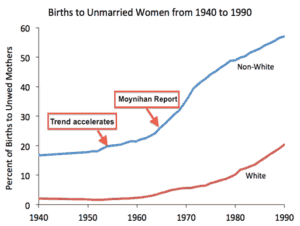
Fig. 3: Based on data from the Centers for Disease Control.
In 1965 the assistant Secretary of Labor called attention to the illegitimacy rate in the black community through an internal memo that would later be known to the public as “The Moynihan Report”. In this report, he pointed out that there was a very strong correlation between black male unemployment and number of women applying for welfare between 1948 and 1962 (correlation coefficient = 0.91). This concurs with a 1986 survey of inner-city Chicago residents showing that employed fathers were 2½ times more likely to marry the mothers of the children they conceived outside of marriage. When did black unemployment become a national crisis?
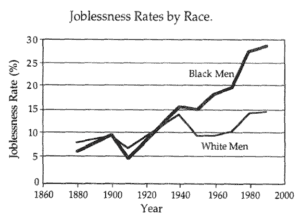
Fig. 4: Reprinted from The Emergence, Persistence, and Recent Widening of the Racial Unemployment Gap (p 257), by R. Fairlie and W. Sundstrom, January 1999, Industrial and Labor Relations Review, Vol. 52, No 2. Reprinted with permission.
Long before Affirmative Action, there was almost no difference in workforce participation between white and black men (Fig. 4). Even under the shadow of Jim Crow, black men sometimes found jobs more easily than their white counterparts (see 1880 and 1910). Starting in 1950, the jobless rate for black men exceeded that of white men by a large margin. It also increased steadily every decade until 1990. Why did the job market suddenly become so unfavorable for black men?
Employment opportunities changed after the Federal government started to regulate wages with the Davis-Bacon Act in 1931 and the Fair Labor Standards Act in 1938. Before 1950 these policies had a limited impact because the federal minimum wage were below the market rate. Then in 1950 it was increased from 40¢ to 75¢ per hour (Fig. 5). Employers who hired blacks to cut operating costs were suddenly required to pay everyone more than the market rate. Since blacks were no longer permitted to underbid their white competitors, many business revised their hiring decisions.
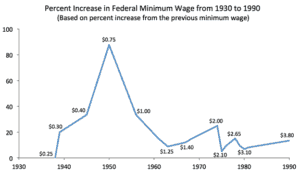
Fig. 5: Based on data from the U.S. Department of Labor.
The minimum wage still hurts poor blacks today. A comprehensive survey of 21 states by the Employment Policies Institute found that federal wage increases in 2007, 2008, and 2009 resulted in 18,500 jobs lost by black young adults. This was 40% higher than their job losses attributed to Great Recession of 2008. Data from the EPI also shows that blacks often take jobs in limited service restaurants. These businesses are more sensitive to changes in minimum wage because they hire employees with less marketable skills.
With so much evidence that wage regulations hurt the poorest members of the most reliably Democrat voting bloc, why do mainstream Democrats like Nancy Pelosi and Elizabeth Warren support raising the minimum wage to $15 per hour? Any seasoned politician can answer that: minimum wage is that bright shiny object that distracts from the pedestrian reality of cost/benefit analysis. It allows aspiring candidates to conspicuously display their “concern” for the poor at the expense of boring grown-ups struggling to make their tables and charts understandable to general audiences.
Since institutions of higher education do not impart wisdom, expressing support for a “living wage” is usually the path of least resistance for students and faculty. If you really want to “check your privilege” try out this thought experiment: Imagine owning a restaurant struggling to get by on a 2% profit margin. How do you stay in business when the minimum wage is raised to $15 an hour?
Moynihan offered no solution to the illegitimacy crisis, but he predicted that unless this trend was reversed “all the effort to end discrimination and poverty and injustice will come to little.” The Davis-Bacon Act was passed in 1931 so whites could compete against what many of them dismissed as “cheap colored labor”. Even racists who favored of this legislation probably never imagined that wage regulations would do more damage to the black community than all the evils of Jim Crow put together.















